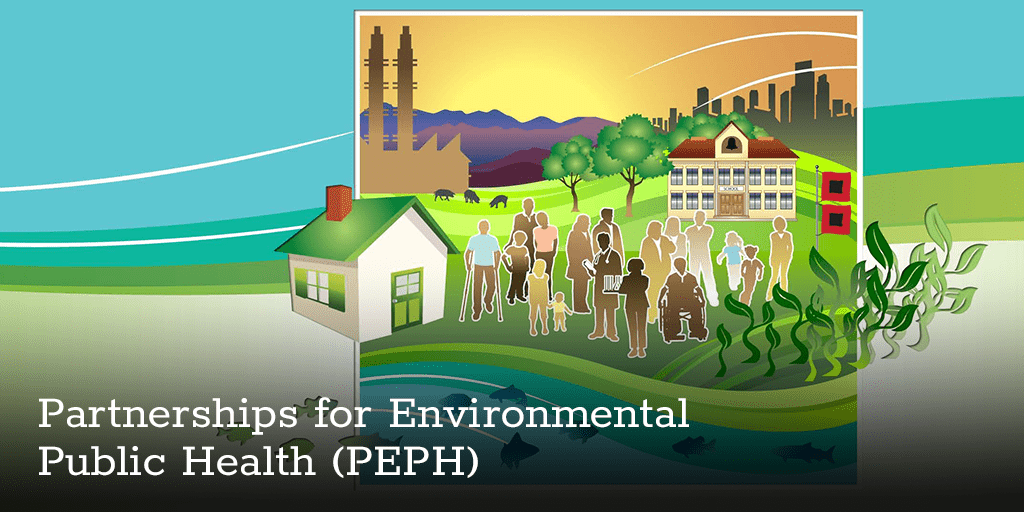Toxin Testing Program by Alaska Natives Promotes Safer Shellfish Consumption
A shellfish toxin testing program launched by tribes in Southeast Alaska fills a gap in the state. This testing provides community members with timely information on the safety of consuming shellfish harvested from particular areas.
An NIEHS-supported community-academic partnership, comprised of Alaska tribal governments and academic researchers with the University of Alabama at Birmingham and the University of California, San Francisco, found that social factors, such as insufficient infrastructure, contribute to barriers in testing. Other factors, such as perceived risks from climate change, may alter how tribal citizens harvest shellfish and may lead to confusion about results. The research team examined the challenges and successes of the testing program by interviewing staff. Their findings are described in a March 2024 paper.
View of a Southeast Alaska landscape. (Photo courtesy of Matthew Gribble)
Tribal Partnership for Shellfish Testing
Tribal citizens in Southeast Alaska have engaged in subsistence shellfish harvesting for generations, and community gatherings and other cultural traditions are tied to such harvesting. But potential harm to these people may arise because some shellfish can be contaminated with toxins that lead to paralytic shellfish poisoning (PSP). Alaska Natives make up 16% of the state’s population but accounted for 53% of PSP cases reported between 1993 and 2021. As Alaska does not support a toxin testing program for subsistence shellfish harvesting, tribal governments collaborated to form a program to fill this gap.
Southeast Alaska Tribal Ocean Research (SEATOR), a network of tribal partners, collects and tests shellfish from harvesting sites and returns results to the community. SEATOR also encourages individuals to send samples of their shellfish harvest for testing. Following the success of this project, in 2024 the Sitka Tribe of Alaska received an NIEHS Oceans and Human Health Center grant to fund efforts to address toxin exposure.
“The Tribes have put together a really robust public health oceanography research program, while also providing a necessary food safety testing service for harvest communities in the region,” reflected Matthew Gribble, Ph.D., Associate Chief for Research in Occupational, Environmental and Climate Medicine at the University of California, San Francisco and lead academic researcher on the study.
The research team worked with SEATOR to interview 27 environmental managers and laboratory staff responsible for the shellfish testing program. The researchers asked interviewees about their own and the community’s thoughts on the shellfish testing program, including perceived risks of toxins, how well the program had been meeting testing needs, and what they thought about risk communication. Interviews also examined perceived barriers to testing and any factors that helped the program function well.
Interviewees reflected on the significance of shellfish harvesting for tribal communities. They described the benefit of having a local food source when access to grocery stores is limited. They also stated that harvesting ties people to traditions and helps adults share knowledge with younger generations.
One interviewee quoted in the article said, “Just gathering and enjoying, laughing, and making it an event. That’s another great benefit. And that also falls into the cultural practice of sharing. Sharing the knowledge, teaching the young ones this process that’s been passed down to them.”
Interviewees thought the community found the testing program to be critical for their health and safety. Additionally, over half of interviewees thought that fears of PSP kept community members from harvesting shellfish. Interviewees described the value of gaining the community’s trust and clearly communicating risks of PSP from shellfish in a way that does not discourage shellfish harvesting altogether.
Regarding barriers to testing, interviewees stated that the remote locations of harvesting sites were a logistical challenge, both for accessing the sites and sending samples to get tested from those sites. Historical disinvestment in tribal and rural communities has resulted in limited infrastructure such as roads for accessing remote areas.
Finally, interviewees added that climate change effects on water temperature is expanding which areas in Southeast Alaska may be at risk for PSP from shellfish. Climate change is also lengthening the time over which areas may experience harmful algal blooms. Because these changing patterns do not align with historical tribal knowledge of where and when it is best to harvest shellfish, the changes increase the risk of tribal members getting PSP.
“We learned that despite logistical challenges, the community believes the shellfish testing program is beneficial,” added Gribble. “This study also importantly brought to light nuances in the community’s relationship to shellfish harvesting that may help inform future conversations in the region about marine resource management and public health, particularly as climate change may alter risks of PSP.”
Source link
www.niehs.nih.gov


